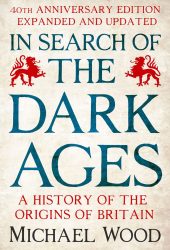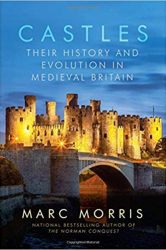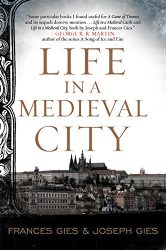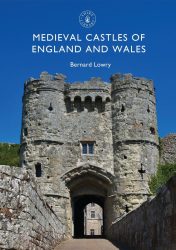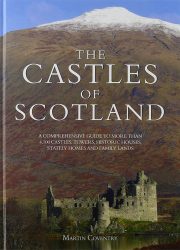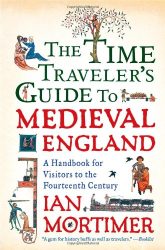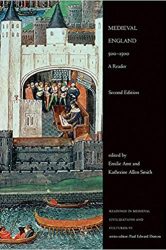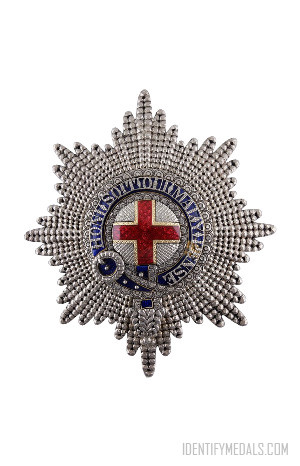
The Order of the Garter was founded in 1348 by King Edward III and consists of 25 Knights or Ladies, as well as some supernumerary members from the royal family and foreign monarchs. The motto of the order is ‘Shame on him who thinks evil of it.‘ Do you want to know why?
In this article, we will explore the history of the Order of the Garter (since it was created by Edward III in England to the present day, as it is still awarded to members and Companions), learn about some of its most notable characters, and review the meaning of its insignia in its different iteration through time.
This article is written in collaboration with IdentifyMedals online medal and badges database.
When Was the Order of the Garter Founded (And Why)?
The Most Noble Order of the Garter was founded in 1348, when King Edward III claimed the French throne. It’s worth noting, however, that the Complete Peerage, a comprehensive work on the aristocracy of the British Isles first published in 1887, states the order had knighted some members in 1344.
Why is it Called The Order of the Garter?
The name of this chivalric order has been linked to a few different legends. The most popular is that involving the Countess of Salisbury’s garter, which supposedly slipped from her leg as she danced at a ball in Calais. The king picked it up and said, “Honi soit qui mal y pense!, or Shame on him who thinks ill of it!” – a phrase that became the motto of the Order. Two things don’t fully work with this story: The first is that it was first heard in the 1460s. The second, is that the garter was predominantly a male attire item in the mid-14th century.
A more likely explanation has to do with knights in the Crusades being inspired by St George the Martyr, who tied garters around their legs (the knight went on to win the battle). The motto, in this case, refers to Edward’s claim to the French throne and the significance of the clothing item has to so with the band or bond of the knightly supporters of his cause.
How Does the Order of the Garter Work?
Membership to the Order of the Garter is strictly limited to the monarch and no more than 24 companions. There can also be some supernumerary members, granted by the monarch – the only one who can do so.
- Male members of the Order of the Garter are called “Knights Companion“.
- Female members of the Order of the Garter are called “Ladies Companion“.
- Supernumerary members don’t count toward the limit of 24 members. They belong to the royal family.
- Degradation members were companions who had taken up arms against the Sovereign.
- The Order also has six Officers: the Prelate, the Chancellor, the Usher, and Secretary, the Register, and the Garter Principal King of Arms.
So, how does get nominated to the Order of the Garter? Before, the Sovereign was the one filling vacancies, choosing from those nominated by the Order’s members (and adding as many as he desired). These nominations were quite strict too; there had to be:
- Three people with the rank of earl or higher,
- Three people with the rank of baron or higher, and
- Three people with the rank of knight or higher.
During the 18th century, the Sovereign made the choice on the advice of the government, but in 1946 the order of chivalry became a gift again. All appointments are usually announced on 23 April, or Saint George’s Day.
Notable Knights of the Order of the Garter
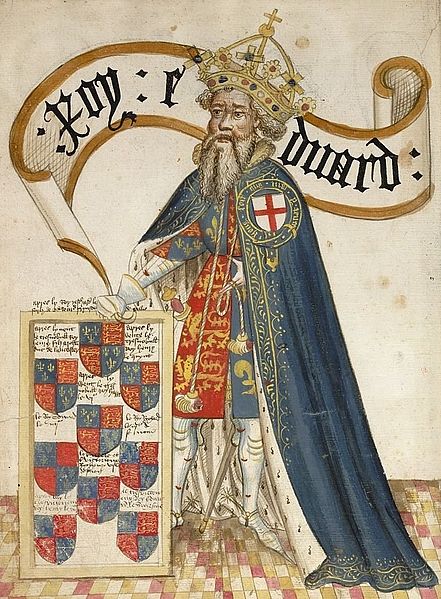
King Edward III
Edward of Windsor, or Edward III, was the King of England and Lord of Ireland from 1327 until his death in 1377. Edward transformed England into a formidable military power and reigned for fifty years – one of the longest in English history and during which he saw vital developments such as the evolution of the Parliament and the ravages of the Black Death. He founded the Order of the Garter in 1348.
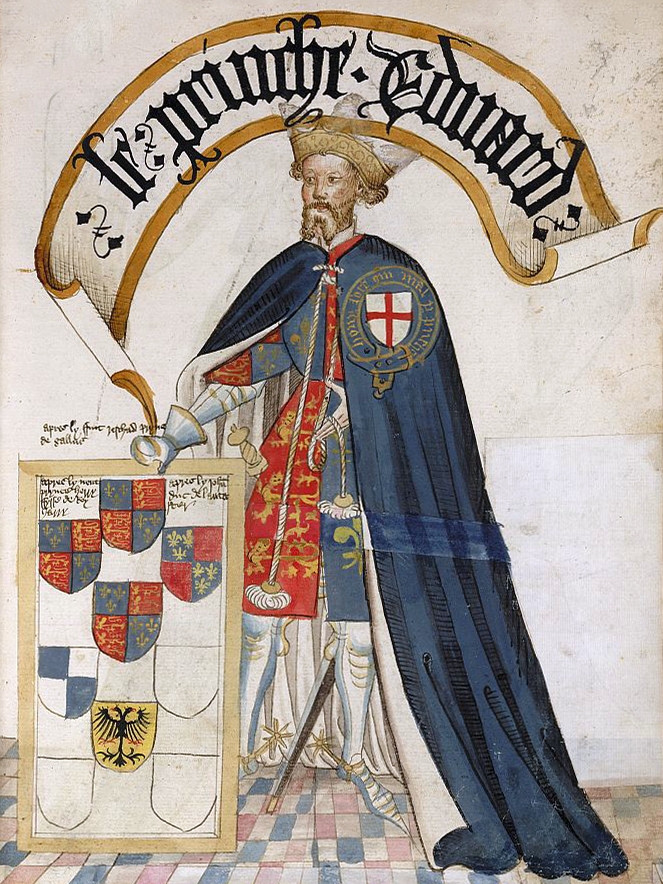
The Black Prince
Edward of Woostock, also known as the Black Prince, was the eldest son of the Order’s founder Edward III. He died before he could succeed him, but during the Hundred Years’ War earned distinction as one of the most successful commanders and a model of chivalry.
The Black Prince was present during the Siege of Calais (1346-1347) and was invested in the new Order of the Garter, by his father, in 1348 as he took part in the festivities and jousts following his return.
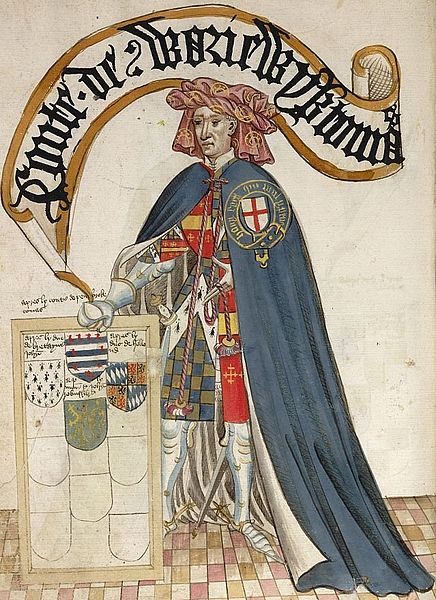
The ‘Devil Warwick’
Thomas Beauchamp, the 11th Earl of Warwick, was a military commander and English nobleman with a formidable reputation in battle. He was nicknamed ‘The Devil Warwick’ after his participation in the Hundred Years’ War.
Thomas was the third Knight of the Order of the Garter, and fought in Scotland as captain of the army at the age of 24 (against the Scots in 1337), as well as against France in the Battle of Crecy in 1346.
To see all Knights of the Order, 1348 to present, you can check this link.
The Ladies of the Garter
When the Order of the Garter was first established, women were allowed to be appointed “Ladies of the Garter” but were not to be made companions. This practice was discontinued in 1488 when King Henry VII made his mother Margaret Beaufort the last Lady before Queen Alexandra.
In 1987, Queen Elizabeth II created a statute to install “Ladies Companion of the Garter” and in 2022, Baroness Amos (Valerie Ann Amos, a British Labour Party politician and diplomat) became the first Knight or Lady Companion the Order has ever had.
The Order of the Garter Insignia and Robes
Members of the Order of the Garter wear specific ceremonial robes and insignia. These are:
The Mantle
The Order of the Garter mantle is a robe that has been used since the 15th century. It was originally purple but today it is dark blue, made of velvet and lined with white taffeta. The Sovereign wears the Star of the Order, and the Knights and Ladies wear the heraldic shield of St George’s Cross sewn into the left shoulder.
The Hat
The Order of the Garter hat is a Tudor bonnet made of black velvet with a white ostrich plume and black heron feathers.
The Collar
The Order of the Garter collar, worn around the neck, is made of pure gold. It’s composed of heraldic knots and enamelled medallions, each showing a rose encircled by the Garter.
The Great George
The Order of the Garter Great George is an enamelled three-dimensional figure of St George the Martyr (on horseback and fighting a dragon) worn suspended from the collar.
The Garter
The Order of the Garter garter itself is worn around the left calf (knights) or arm (ladies) and consists of a dark blue velvet strap with the motto in gold letters.
The Insignia
The Order of the Garter insignia consists of a collar, a star, a riband, and a badge. You can learn more about them on the Order of the Garter medal page.

